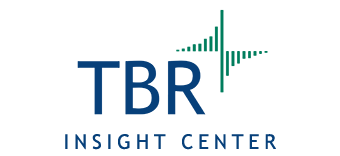Dell Technologies and Draper: Helping IT help business
“Focusing on business outcomes” has become a very shopworn phrase for industry pundits. However, nothing crystalizes the power and importance of the concept more than detailed discussions with IT departments of flagship enterprises followed by tours of the business units they support. Seeing both affords insight into how these IT and line-of-business (LOB) entities view their interactions.
Draper shared its transformation story with a coterie of industry analysts at Dell Technologies’ (NYSE: DVMT) request on July 31 at Draper’s main facility in Cambridge, Mass. The company proved refreshing in its candor as well as in its use of business language to talk about IT rather than using IT language to feign knowledge of business outcomes. Staying focused on business objectives is the way forward for IT vendors and enterprise IT employees alike, and Dell Technologies and Draper are speaking the right language.
Digital transformation starts with executive sponsorship, as cultural change must precede technological change
A recent TBR special report examines the fundamental shift in IT consumption in the public sector “from wallet to will.” In general, this discussion contends that the increased consumerization of IT and the move to virtualization, standardization and automation enable more customer-focused interactions between IT and the LOBs they support. Presently, this concept is slowly working its way into the public sector, and it is no shock to TBR that Draper now has to embark on this transformation, given how much of its activity focuses on government-sponsored projects.
Draper CIO Michael Crones provided an overview of Draper’s history and the recent organizational changes. With Moore’s Law economics driving lower entry price points for adjacent use cases, Draper is currently reviewing its archives of curated IP to determine how, with this newer, lower-cost compute infrastructure, the IP can be repurposed for broader commercial use cases.
Capitalizing on this IP inventory initiative, however, requires a major cultural shift in how IT is viewed, managed and deployed. Many firms fail to have executive management signal the importance of change by stressing the need for, and adherence to, shifting operating practices.
